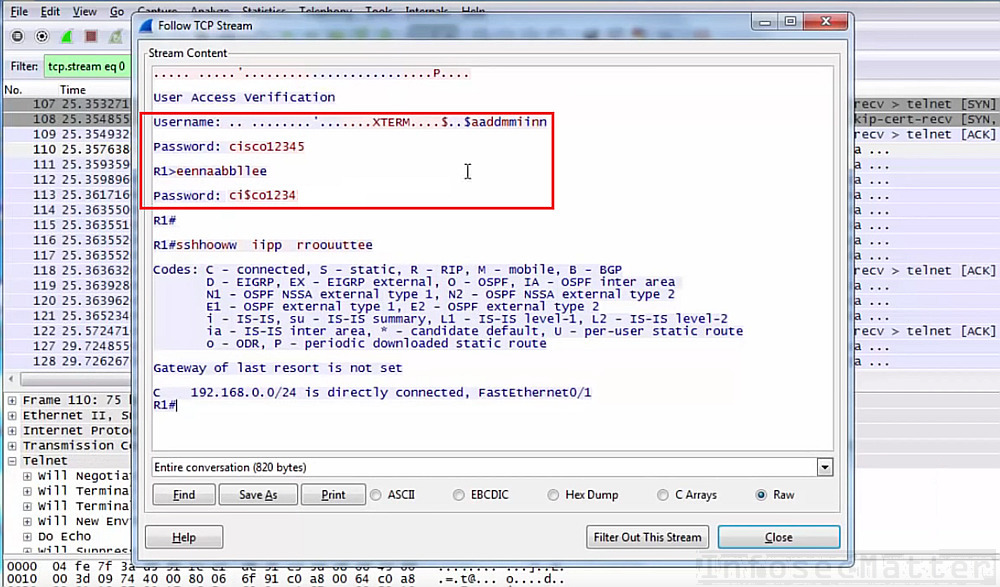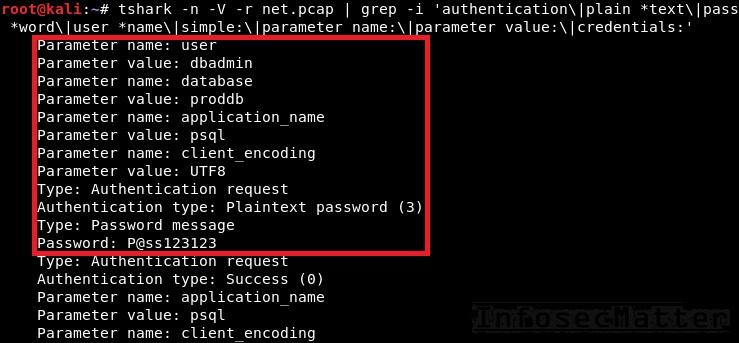

However, an attacker can use tools such as Wireshark and sniffs the traffic flowing between the client and the server. Network administrators can use sniffers to troubleshoot network problems, examine security problems, and debug protocol implementations.

Once attackers obtain such sensitive information, they might attempt to impersonate target user sessions. The sniffed traffic comprises FTP and Telnet passwords, chat sessions, email and web traffic, DNS traffic, and so on. Some of the protocols vulnerable to sniffing include HTTP, FTP, SMTP, POP, and so on. However, it contains a few loopholes in switch-based network implementation that can open doors for an attacker to sniff network traffic.Īttackers hack the network using sniffers, where he/she mainly targets the protocols vulnerable to sniffing. Passive sniffing refers to sniffing on a hub-based network active sniffing refers to sniffing on a switch-based network.Īlthough passive sniffing was predominant in earlier days, proper network-securing architecture has been implemented (switch-based network) to mitigate this kind of attack. There are two types of sniffing: passive and active. Sniffing is the process of monitoring and capturing data packets passing through a given network using software or hardware devices.


Troubleshoot the network for performance.The primary objectives of this lab are to: The objective of this lab is to make students learn to sniff a network and analyze packets for any attacks on the network. It determines the network, system, and organizational information. It helps to find vulnerabilities and select exploits for an attack. Sniffing is performed to collect basic information from the target and its network. Complete the lab that follows on EC-Council’s website using the link below. Consider what you have learned so far about Sniffing as you review the objectives and scenario below.


 0 kommentar(er)
0 kommentar(er)
